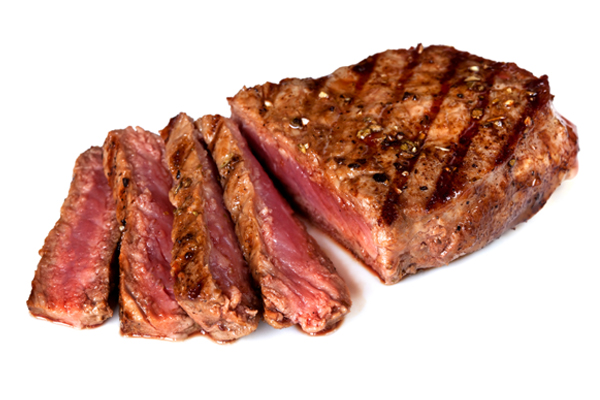The Paleo Diet has become one of the most popular diets in the U.S. in recent years. According to Experian Marketing Services it was the most searched for diet on the Internet the first week of 2025. As a result it now sits on the top 10 list of most popular diets.
So who is going Paleo these days? According to researchers, roughly 58 percent of the recent surge in Internet searches have come from females. Among those, 33 percent listed an annual household income of $30,000-60,000. It’s apparent that middle class women are the primary demographic growing curious about this popular diet for their health and weight loss goals.
 What is the Paleo Diet?
What is the Paleo Diet?
The Paleo Diet, also known as the Caveman Diet, permits only foods that were consumed during the Paleolithic era, roughly 10,000 years ago. Since agriculture had not yet been invented, the diet prohibits many foods that are consumed in today’s society on a regular basis, such as grains, sugar and dairy. The general idea, however, is to only consume foods from nature – not foods that have been man made.
The Paleo Diet was first made popular in the 1970s by Walter L. Voegtlin, author of “The Stone Age Diet,” and has since been revised many times by various researchers and authors. But despite its apparent validity and growing number of fans, the American Diabetic Association still considers it one of the many “fad diets” in today’s society.
Margo Donohue, the health and fitness blogger behind BrooklynFitChick, tried the Paleo diet for herself recently and lost 10 pounds in one month. “No dairy, processed foods, heavy carbs, white foods or gluten for 30 full days. Plus, I was alcohol free the whole time – the ‘whole 30’ as we say in the Paleo world,” reported Donohue. “The first week was super hard, but I stuck with it and saw results.” It’s also important to note Donohue teaches 15 group fitness classes a week, so she was getting plenty of exercise on top of the diet.
What to Eat
If you’re planning on giving this diet a go, you’re going to need to know what to eat. First, think natural: Foods the earth makes without human encouragement, and those that can be hunted or gathered. Some of these foods include:
- Meats
- Eggs
- Fish
- Vegetables
- Fruits
- Nuts/Seeds
- Grains
- Flour
- Beans
- Dairy
- Legumes
- Salt
- Processed oils
- Refined sugar
Despite what skeptics may say about the Paleo Diet being impractical, Donohue explained the ease of being able to find the foods she needed. “The beauty of the Paleo Diet is that most of the foods can be found at your local grocer because it’s real food; nothing packaged or processed and no strange ingredients or unusual spices.”
Donohue’s helpful tip? When searching the aisles of the grocery store, make sure to be aware of tricky labels such as “fresh” or “natural.” They don’t necessarily indicate a Paleo-friendly food. Also, “Double check the ingredients and expiration dates before buying any food,” she said. “If you can’t see or smell it, how do you know how fresh it is?”
Another Paleo trend worth mentioning is the huge interest on behalf of die hard Crossfit fans. As we recently reported, the two seem to go hand-in-hand for explosive weight loss results.
Also Read:
Elizabeth Nyland Lost 60 Pounds with Crossfit and Paleo Diet
